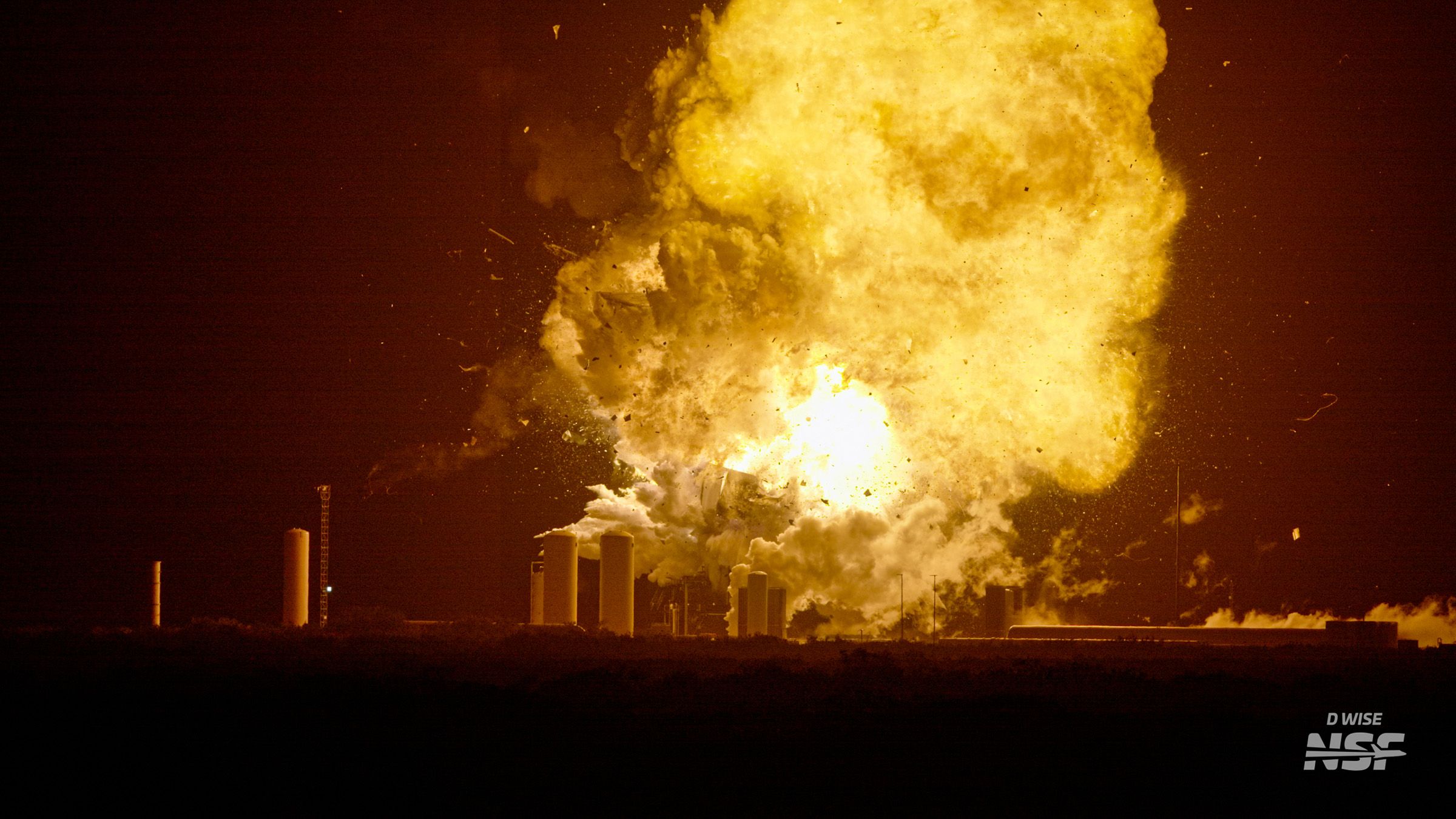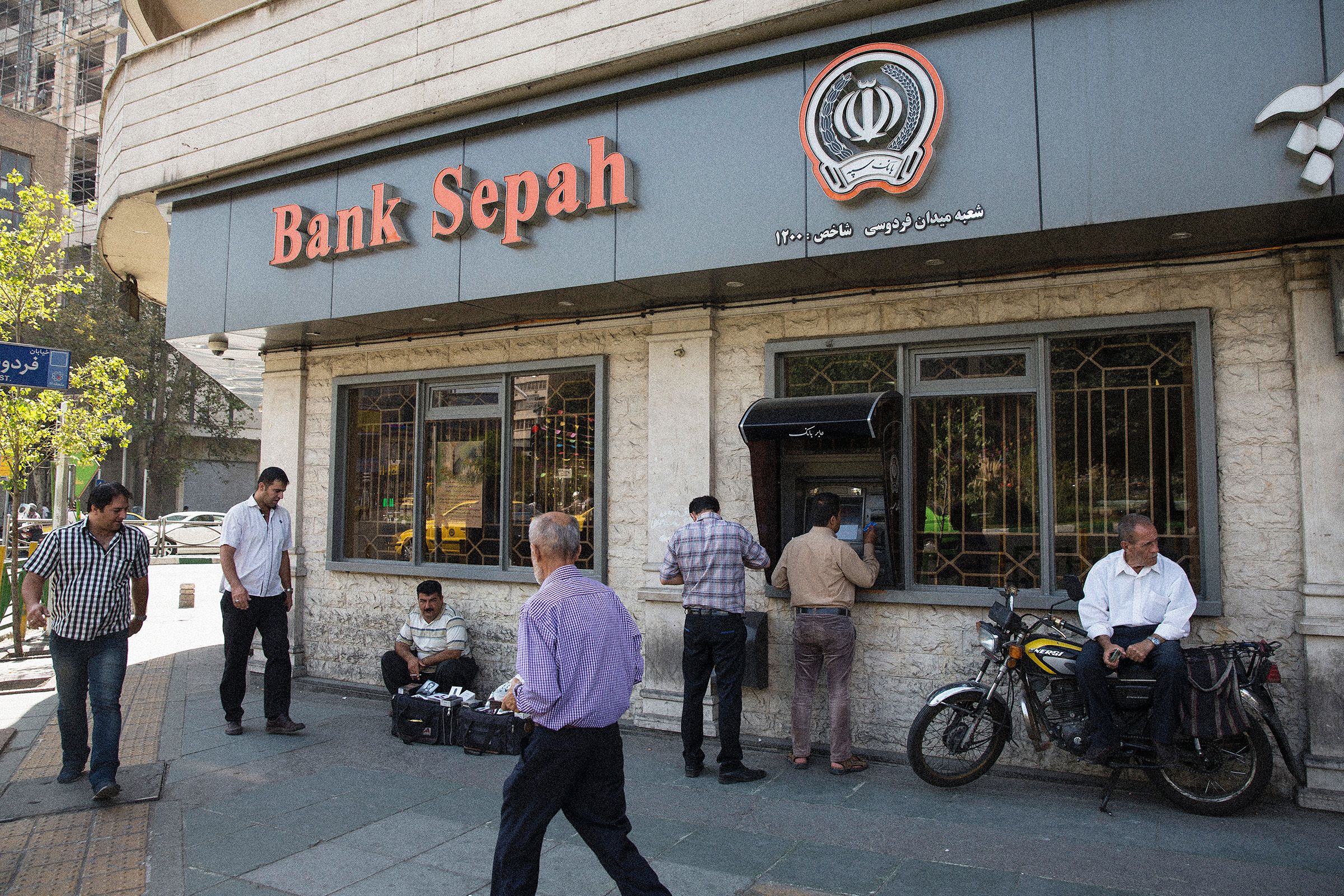India Is Using AI and Satellites to Map Urban Heat Vulnerability Down to the Building Level
India Is Using AI and Satellites to Map Urban Heat Vulnerability Down to the Building Level
India is taking a proactive approach to tackling the impact of urban heat on its citizens by harnessing the power of artificial intelligence (AI) and satellite technology. By using these advanced tools, researchers and policymakers are able to map out areas of vulnerability down to the building level, providing invaluable insights for urban planning and disaster risk reduction.
With temperatures rising due to climate change, cities around the world are facing the threat of heatwaves, which can have devastating effects on public health and infrastructure. By identifying the areas most at risk, authorities can implement targeted measures to protect vulnerable populations and mitigate the impact of extreme heat events.
The use of AI allows for the efficient analysis of satellite data, which in turn enables the identification of hotspots and heat islands within cities. This information is crucial for understanding how urban heat is distributed and how it affects different communities.
By combining AI algorithms with satellite imagery, Indian researchers are able to create detailed heat vulnerability maps that highlight areas with inadequate green spaces, poor ventilation, and high levels of heat-trapping materials. This level of granularity is essential for developing effective strategies to cool down urban environments and protect residents from the effects of extreme heat.
Furthermore, the mapping of heat vulnerability down to the building level allows for a more targeted approach to urban planning and infrastructure development. By considering the unique heat profiles of different areas, policymakers can design buildings and public spaces that are better equipped to handle rising temperatures and reduce the urban heat island effect.
In addition to improving urban resilience, the use of AI and satellite technology also opens up new opportunities for early warning systems and emergency response planning. By accurately predicting areas that are likely to experience extreme heat events, authorities can mobilize resources and implement measures to protect vulnerable communities before disaster strikes.
Ultimately, the efforts to map urban heat vulnerability in India demonstrate the power of technology in addressing complex environmental challenges and safeguarding public health. By leveraging AI and satellite data, policymakers are well-equipped to make informed decisions that will benefit communities now and in the future.
As climate change continues to pose a threat to cities worldwide, the innovative approach taken by India serves as a model for other countries looking to enhance their resilience to extreme heat events. By harnessing the potential of AI and satellite technology, we can create safer and more sustainable urban environments for all.





